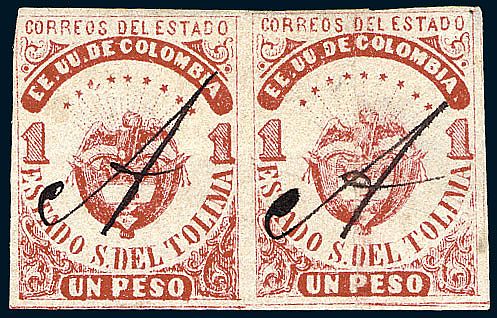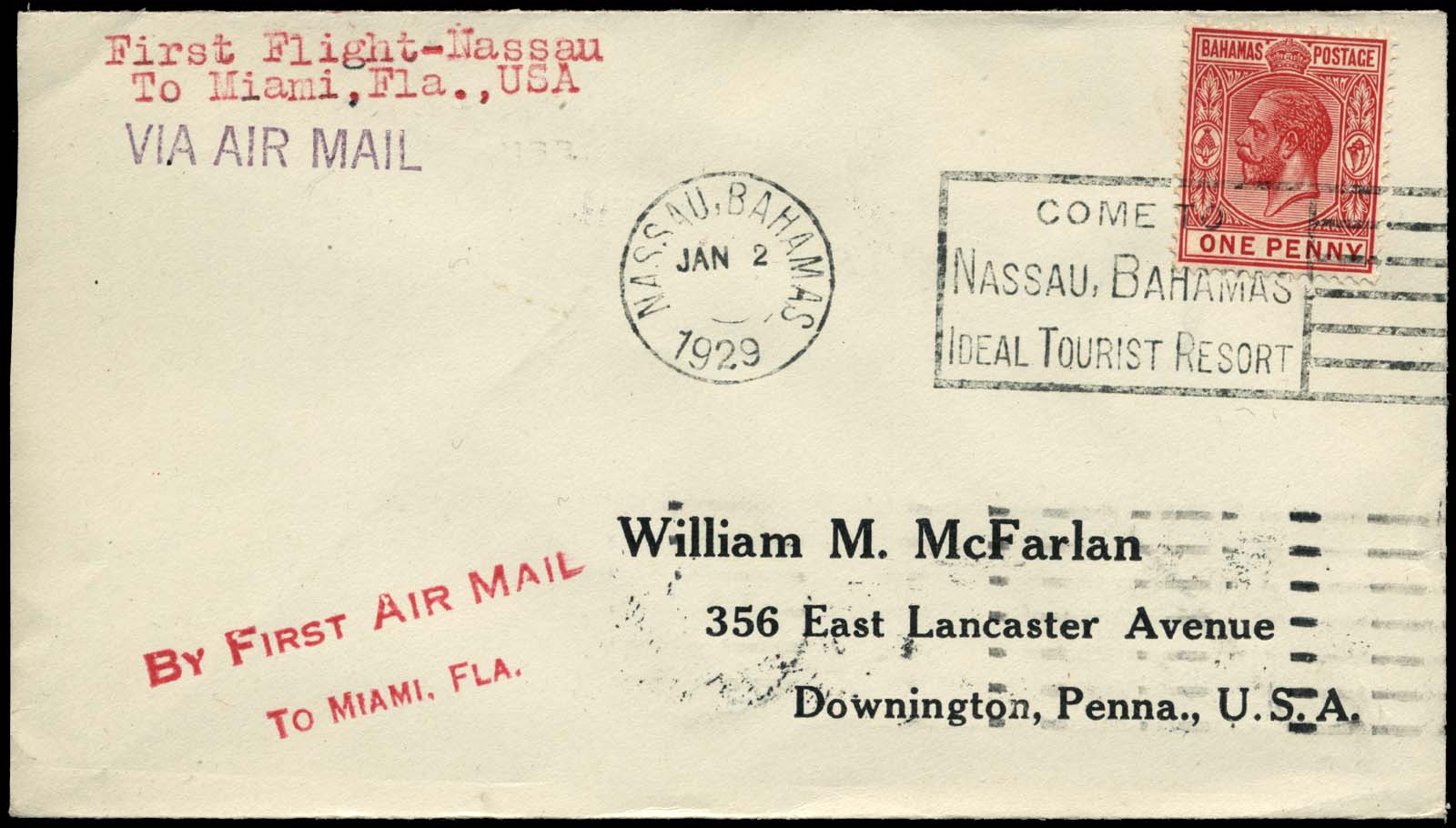|
Sachsen 3 Pfennige Red
The Sachsen 3 Pfennige red, commonly called ''Sachsendreier'', issued on 29 June 1850 and valid from 1 July 1850 until 31 December 1867, was the first postage stamp of the Kingdom of Saxony, making Saxony the second among the German States (after the Kingdom of Bavaria) to issue postage stamps. The beginning of the stamp's postal validity coincides with the inauguration of the Austro-German Postal Union, which had the aim of simplifying the hitherto diverse postal system in Germany, including the payment of postage and the settlement of postal fees between the members of the union. Postage stamps had by then already proven convenient in other countries. With its value of 3 Pfennige ( = 3/10 Neugroschen = 1/100 Thaler), the ''Sachsendreier'' was meant to frank printed matters, such as newspapers in wrappers. Senders often attached the stamp in such a way that half of it stuck to the wrapper, and half to its contents, such that the wrappers could not slide off. Consequently, most ... [...More Info...] [...Related Items...] OR: [Wikipedia] [Google] [Baidu] |
Wrapper (philately)
In philately a wrapper is a form of postal stationery which pays the cost of the delivery of a newspaper or a periodical. The wrapper is a sheet of paper, large enough to wrap around a folded or rolled newspaper and with an imprinted stamp to pay the cost of postage. Some catalogs and reference books refer to a wrapper as postal bands which comes from the French term ''bandes postale''.Van Gelder, Peter J.; ''The Collectors' Guide to Postal Stationery'', A Squirel Publication (1997) Still others refer to it as a newspaper wrapper or periodical wrapper. History The first country to issue wrappers was the United States in October 1861, followed by New South Wales (1864), North German Confederation (1868), Victoria (1869), Romania (1870), Great Britain (1870), in total 110 countries issued wrappers.''Higgins & Gage World Postal Stationery Catalog'' Charles Knight is considered as the first person to propose the use of stamped wrappers or as the "inventor". He made the proposal ... [...More Info...] [...Related Items...] OR: [Wikipedia] [Google] [Baidu] |
Philatelic Fakes And Forgeries
In general, philatelic fakes and forgeries are labels that look like postage stamps but have been produced to deceive or defraud. Learning to identify these can be a challenging branch of philately. To a large extent the definitions below are consistent with those given in the introduction to various recent editions of the ''Scott Standard Postage Stamp Catalogue''. "We use the term ''"forgery"'' to indicate stamps produced to defraud collectors (properly known as forgeries) and to defraud stamp-issuing governments (properly known as counterfeits). ''"Fake"'' is used to indicate the alteration of a genuine stamp to make it appear as something else. Fakes might refer to cancellations, overprints, added or clipped perforations, stamp design alterations, etc." While difficult to do today, one famous case is the Stock Exchange forgery of the late 19th century. Questions are often raised about when a stamp is legitimately produced for postage. Matthew Karanian has proposed th ... [...More Info...] [...Related Items...] OR: [Wikipedia] [Google] [Baidu] |
Postmark
A postmark is a postal marking made on an envelope, parcel, postcard or the like, indicating the place, date and time that the item was delivered into the care of a postal service, or sometimes indicating where and when received or in transit. Modern postmarks are often applied simultaneously with the cancellation or killer that marks postage stamps as having been used. Sometimes a postmark alone is used to cancel stamps, and the two terms are often used interchangeably. Postmarks may be applied by handstamp or machine, using methods such as rollers or inkjets, while digital postmarks are a recent innovation. History The first postmark, called the "Bishop mark", was introduced by English Postmaster General Henry Bishop in 1661 and showed only the day and month of mailing to prevent the delay of the mail by carriers. In England during the latter part of the 17th century, several postmarks were devised for use with the London Penny Post, a postal system that delivered m ... [...More Info...] [...Related Items...] OR: [Wikipedia] [Google] [Baidu] |
Pen Cancel
A pen cancel on a Russian postage stamp. In philately, a pen cancel – symbol – is a cancellation of a postage or revenue stamp by the use of a pen, marker or crayon. Usage In the early days of stamps, cancellation with a pen was common. Today stamps are almost always cancelled with an inked handstamp or a machine cancel as this is quicker to apply. Pen cancels are still sometimes seen today when a postal official needs to cancel stamps missed by the automatic cancelling machine. There are no fixed terms for the different types of pen cancels, but a cancel in the form of two crossed lines has been referred to as an ''X cancel''. Pen cancels may also take the form of notations by the canceller, the city in which the item was posted or the initials of the local postmaster. A pen cancel may indicate fiscal (revenue) use; however, in the early days of stamps a pen cancel was sometimes used because no handstamp was available, for instance in Nicaragua where pen canc ... [...More Info...] [...Related Items...] OR: [Wikipedia] [Google] [Baidu] |
Cancellation (mail)
A cancellation (or cancel for short; French: ) is a postal marking applied on a postage stamp or postal stationery to deface the stamp and to prevent its reuse. Cancellations come in a huge variety of designs, shapes, sizes, and colors. Modern cancellations commonly include the date and post office location where the stamps were mailed, in addition to lines or bars designed to cover the stamp itself. The term " postmark" refers specifically to the part that contains the date and posting location, but the term is often used interchangeably with "cancellation" as it may serve that purpose. The portion of a cancellation that is designed to deface the stamp and does not contain writing is also called the "obliteration" Scott US p. 30A. or killer. Some stamps are issued pre-cancelled with a printed or stamped cancellation and do not need to have a cancellation added. Cancellations can affect the value of stamps to collectors, positively or negatively. Cancellations of some countrie ... [...More Info...] [...Related Items...] OR: [Wikipedia] [Google] [Baidu] |
Carmine
Carmine ()also called cochineal (when it is extracted from the cochineal insect), cochineal extract, crimson lake, or carmine lake is a pigment of a bright-red color obtained from the aluminium complex derived from carminic acid. Specific code names for the pigment include natural red 4, C.I. 75470, or E120. ''Carmine'' is also a general term for a particularly deep-red color. Etymology The English word "carmine" is derived from the French word ''carmin'' (12th century), from Medieval Latin ''carminium'', from Persian ''qirmiz'' ("crimson"), which itself derives from Middle Persian ''carmir'' ("red, crimson"). The Persian term ''carmir'' is likely cognate with Sanskrit ''krimiga'' ("insect-produced"), from ''krmi'' ("worm, insect"). The Persian word for "worm, insect" is ''kirm'', and in Iran ( Persia) the red colorant carmine was extracted from the bodies of dead female insects such as ''Kermes vermilio'' and cochineal. The form of the term may also have been i ... [...More Info...] [...Related Items...] OR: [Wikipedia] [Google] [Baidu] |
Maroon
Maroon ( US/ UK , Australia ) is a brownish crimson color that takes its name from the French word ''marron'', or chestnut. "Marron" is also one of the French translations for "brown". According to multiple dictionaries, there are variabilities in defining the color maroon. The ''Cambridge English Dictionary'' defines maroon as a dark reddish-purple color while its "American Dictionary" section defines maroon as dark brown-red. This suggests slight perceptual differences in the U.K. versus North America. Lexico online dictionary defines maroon as a brownish-red. Similarly, Dictionary.com defines maroon as a dark brownish-red. The ''Oxford English Dictionary'' describes maroon as "a brownish crimson (strong red) or claret (purple color) color," while the Merriam-Webster online dictionary simply defines it as a dark red. In the sRGB color model for additive color representation, the web color called maroon is created by turning down the brightness of pure red to about ... [...More Info...] [...Related Items...] OR: [Wikipedia] [Google] [Baidu] |
Typography
Typography is the art and technique of arranging type to make written language legible, readable and appealing when displayed. The arrangement of type involves selecting typefaces, point sizes, line lengths, line-spacing ( leading), and letter-spacing (tracking), as well as adjusting the space between pairs of letters ( kerning). The term ''typography'' is also applied to the style, arrangement, and appearance of the letters, numbers, and symbols created by the process. Type design is a closely related craft, sometimes considered part of typography; most typographers do not design typefaces, and some type designers do not consider themselves typographers. Typography also may be used as an ornamental and decorative device, unrelated to the communication of information. Typography is the work of typesetters (also known as compositors), typographers, graphic designers, art directors, manga artists, comic book artists, and, now, anyone who arranges words, letters, ... [...More Info...] [...Related Items...] OR: [Wikipedia] [Google] [Baidu] |
Newspaper
A newspaper is a Periodical literature, periodical publication containing written News, information about current events and is often typed in black ink with a white or gray background. Newspapers can cover a wide variety of fields such as politics, business, Sport, sports and art, and often include materials such as opinion columns, weather forecasts, reviews of local services, obituary, obituaries, birth notices, crosswords, editorial cartoons, comic strips, and advice columns. Most newspapers are businesses, and they pay their expenses with a mixture of Subscription business model, subscription revenue, newsagent's shop, newsstand sales, and advertising revenue. The journalism organizations that publish newspapers are themselves often metonymy, metonymically called newspapers. Newspapers have traditionally been published printing, in print (usually on cheap, low-grade paper called newsprint). However, today most newspapers are also electronic publishing, published on webs ... [...More Info...] [...Related Items...] OR: [Wikipedia] [Google] [Baidu] |
Kingdom Of Saxony
The Kingdom of Saxony (german: Königreich Sachsen), lasting from 1806 to 1918, was an independent member of a number of historical confederacies in Napoleonic through post-Napoleonic Germany. The kingdom was formed from the Electorate of Saxony. From 1871, it was part of the German Empire. It became a free state in the era of Weimar Republic in 1918 after the end of World War I and the abdication of King Frederick Augustus III of Saxony. Its capital was the city of Dresden, and its modern successor state is the Free State of Saxony. History Napoleonic era and the German Confederation Before 1806, Saxony was part of the Holy Roman Empire, a thousand-year-old entity that had become highly decentralised over the centuries. The rulers of the Electorate of Saxony of the House of Wettin had held the title of elector for several centuries. When the Holy Roman Empire was dissolved in August 1806 following the defeat of Emperor Francis II by Napoleon at the Battle of Austerlit ... [...More Info...] [...Related Items...] OR: [Wikipedia] [Google] [Baidu] |





_04_ies.jpg)

